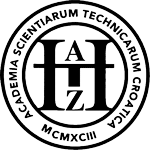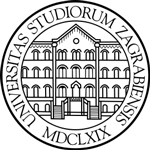Analysis of uneven ink coverage on more environmentally acceptable printing substrates
Abstract
Due to the effects of fires and climate change, as well as illegal and unsustainable logging of forests and their conversion for other purposes, the world is facing a reduced amount of forested land. Trees are still the main source of cellulose fiber, so the paper industry is continuously focused on searching for new sources of raw material. Awareness of sustainable development and ecology requires the use of alternative sources of cellulose fibers to produce paper from agricultural crop residues that are rapidly renewable and cheap to produce. Cereals such as wheat, barley and triticale have been shown to have favourable properties suitable for cellulose fiber production. In this study, laboratory paper substrates were prepared from recycled wood fibers with the addition of alternative non-wood fibers in a mass fraction of 30%, and their reproduction quality was analyzed. The produced paper substrates were then printed using the gravure printing technique, which provides the highest reproduction quality in the field of packaging printing. The analysis of reproduction quality was performed based on the parameter of non-uniform ink coverage with conventional and UV inks on the obtained laboratory printing substrates with non-wood fibers. The values of uneven ink coverage of laboratory printing substrates were determined by image analysis in the program ImageJ and are presented graphically. It was found that all analyzed printing substrates printed with high-quality gravure printing technology achieve high ink coverage in the range of 97% to 98%.

This work is licensed under a Creative Commons Attribution-NonCommercial-NoDerivatives 4.0 International License.






